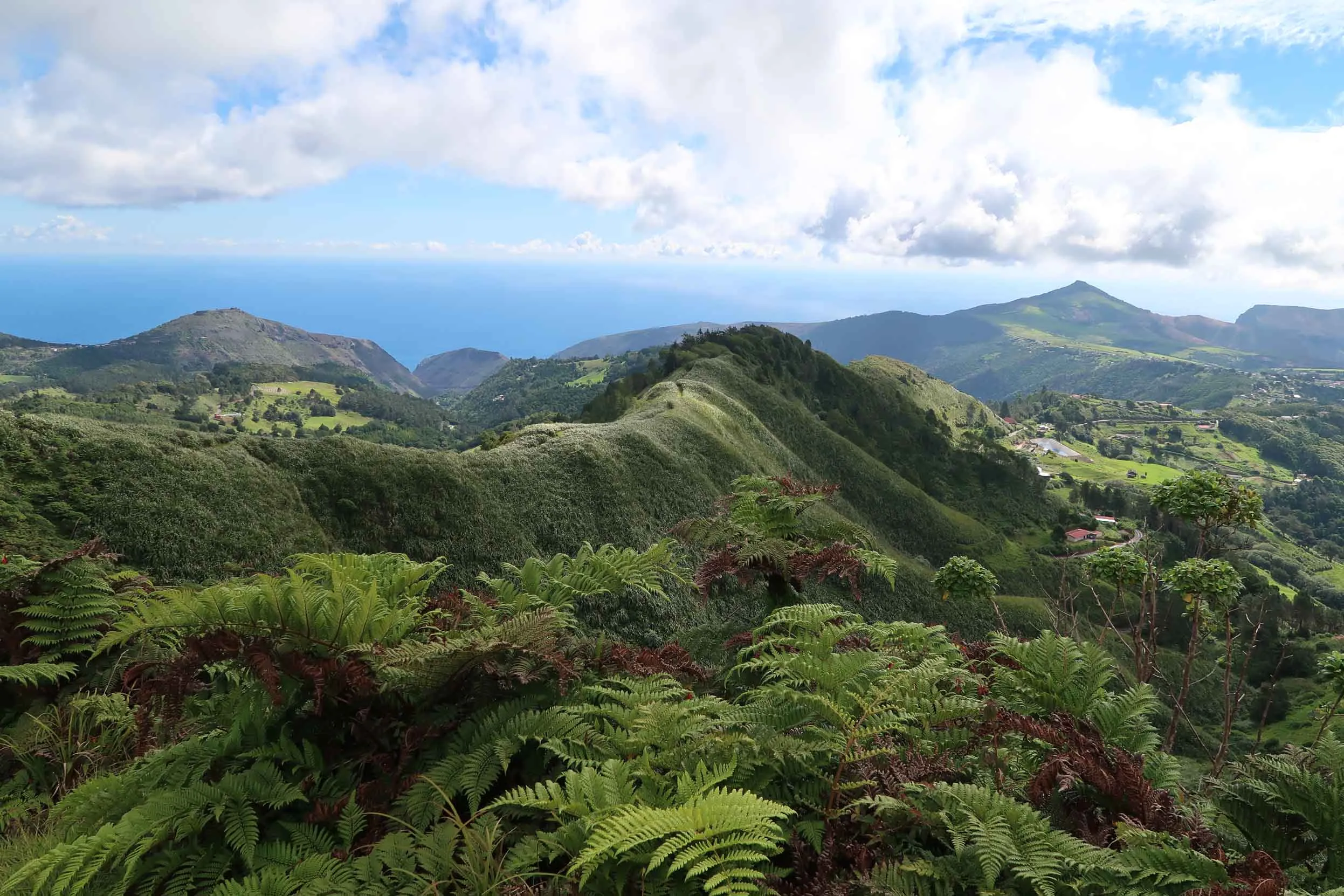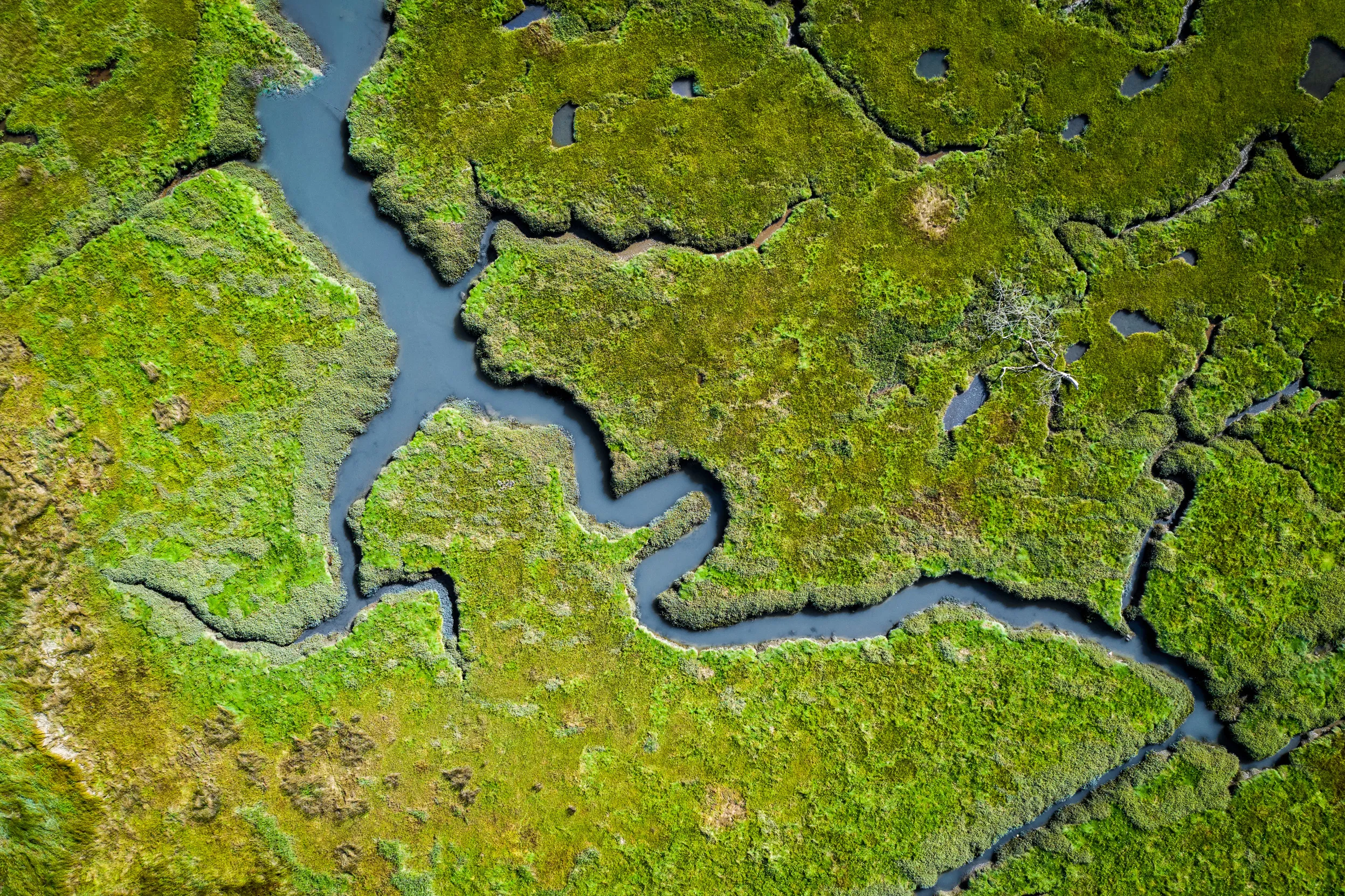Feature
Flyway conservation
Protecting and restoring habitats for migratory birds through powerful partnerships along the East Atlantic Flyway.
Birds don’t recognise international borders, so neither should we! We work to save nature all around the world.

From the tropical rainforests of West Africa to the high seas of the Pacific, the RSPB works with partners across the world to protect birds and other wildlife, and the habitats they depend on. Our international conservation work is incredibly varied and sees us working with a wide range of people and groups; from local communities in the Caribbean and university students in Senegal to research groups, governments, and negotiators at global summits.
We work with partner organisations on the East Atlantic Flyway from Iceland to South Africa, in the UK Overseas Territories and in the marine environment where the bycatch of seabirds (when seabirds are accidentally caught in fishing gear) is greatest. We also work across several internationally important landscapes and species-specific projects alongside local and regional partners.

Birds and other wildlife don’t do borders. To conserve and protect them we must work beyond the shores of the UK.
In addition, the UK Government has a responsibility to support wildlife conservation in the UK’s 14 Overseas Territories (where the UK government has jurisdiction) which are home to a wealth of incredible wildlife. For example, did you know that half of the world’s penguin species (9 out of 18) can be found in the UKOTs? We support partners in these territories to champion and protect their wildlife.
That’s where our network of BirdLife partners comes in. This is a family of conservation organisations throughout the world. The RSPB is the BirdLife partner in the UK. BirdLife partners carry out and promote wildlife conservation work, all with a focus on protecting birds.
Our aim is to work at landscape-scale where we can have an impact on restoring nature, improving livelihoods and reducing the effects of climate change. We support and enable in-country partners through assisting with capacity building and we share nature restoration techniques and policies that are most effective. Working with local people is key.
We have six core international programmes where we work alongside local partners to give the greatest conservation impact. These six are listed below. In addition, we work in other ways internationally including representing nature and the RSPB at major global summits.

We work in all four countries of the UK to tackle the nature and climate emergency. Our vision is to deliver a world richer in nature for both wildlife and people.
We depend on donations to tackle the increasing threats our natural world faces. Every donation makes a difference. Will you help us today?